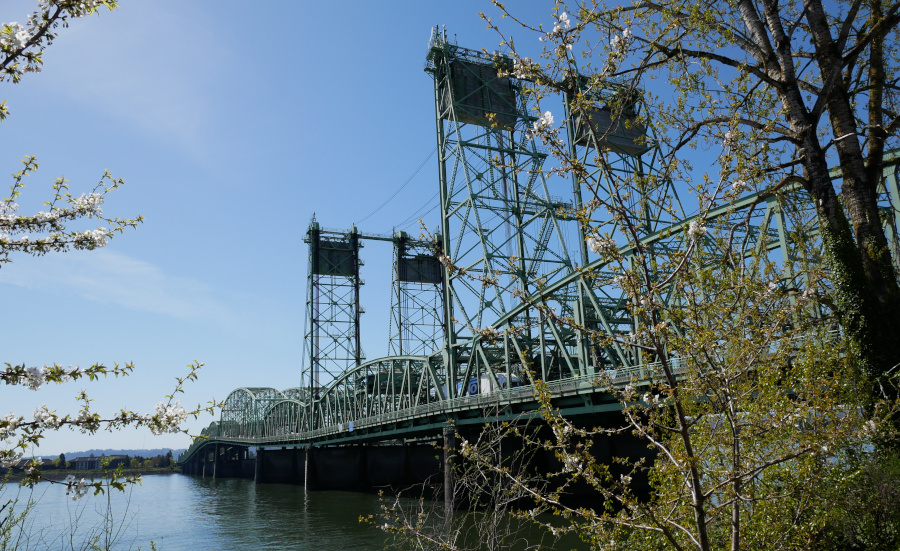If Oregon wants to pay for a $2.7 billion Interstate 5 bridge connecting Portland to Vancouver, Wash., then Washington State sees no reason why they shouldn’t. Legally, anyway.
The latest news on the wishy-washy future of the Columbia River Crossing comes from the northern neighbor, with Washington’s attorney general’s office sending a letter to Washington Gov. Jay Inslee that states, “We see no fatal flaws that would preclude Oregon’s lead on the project.”
Basically, if Oregon wants to pay for the new bridge, Washington won’t stop them.
We’ve only gotten to this point in the effort to relieve congestion on Interstate 5 in Portland because the plan to replace the four lanes that currently connect the two states died in the Washington Legislature this summer. The originally planned $3.5 billion bridge—with nearly a decade of headaches that has spent $171 million in planning thus far has already included poor designs, arguments over light rail, skewed bridge heights, questionable traffic and polling figures and financial bickering, just to name a few—seemingly died a slow and final death this summer when Washington wouldn’t agree to pay its $450 million share of a largely federally funded projects.
But the lawmakers on the Oregon side believe they can whittle the cost of the bridge down to $2.7 billion. At that price, they don’t think they even need Washington’s money any longer. Plus, then Oregon can make all the planning decisions themselves and keep all the tolling profit for the life of the bridge.
Of course, we still have one small and one ginormous hurdle to overcome. First, the small: Some Washington lawmakers still don’t want to see light rail pushed on them. Vancouver Republican Don Benton told the Associated Press that the bridge is still a pipe dream and there’s no way that Oregon can force light rail on his constituents.
But the other problem remaining may be an insurmountable one: money. Oregon lawmakers must still decide if they can afford the up-front costs of the bridge and also if they really believe that tolling will pay for the rest of the costs in the long term.
Now with the Oregon Department of Justice and Washington attorney general’s office both saying there’s no legal constraints to a one-state show, we’ll see if the Columbia River Crossing has new life. And for how long.
Tim Newcomb is Engineering News-Record’s Pacific Northwest contributor. He also writes for TIME, Popular Mechanics, Sports Illustrated and more. You can follow him on Twitter at @tdnewcomb or visit his website here.

Post a comment to this article
Report Abusive Comment